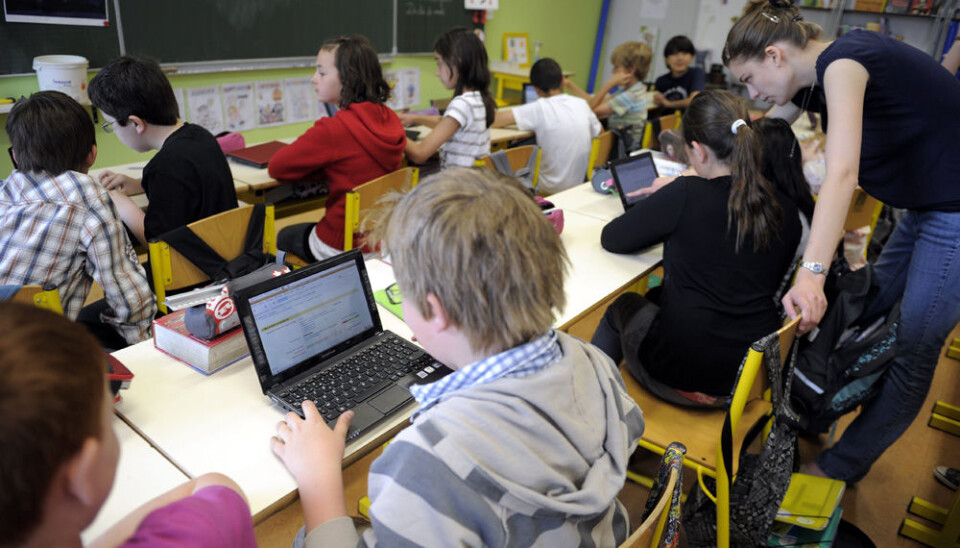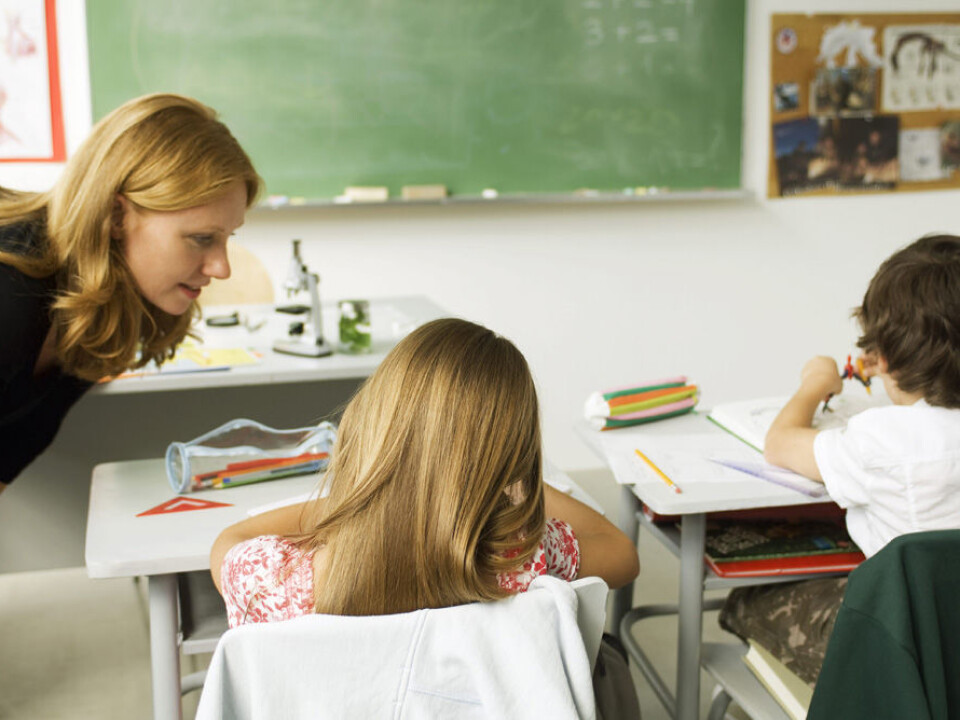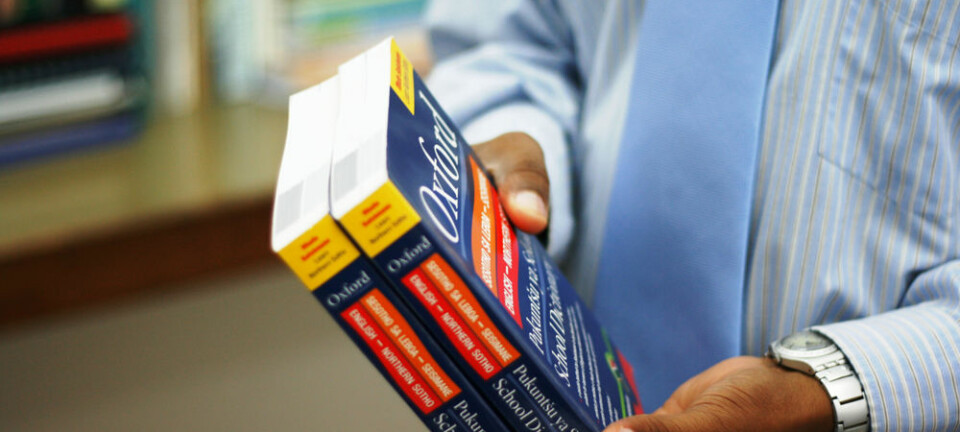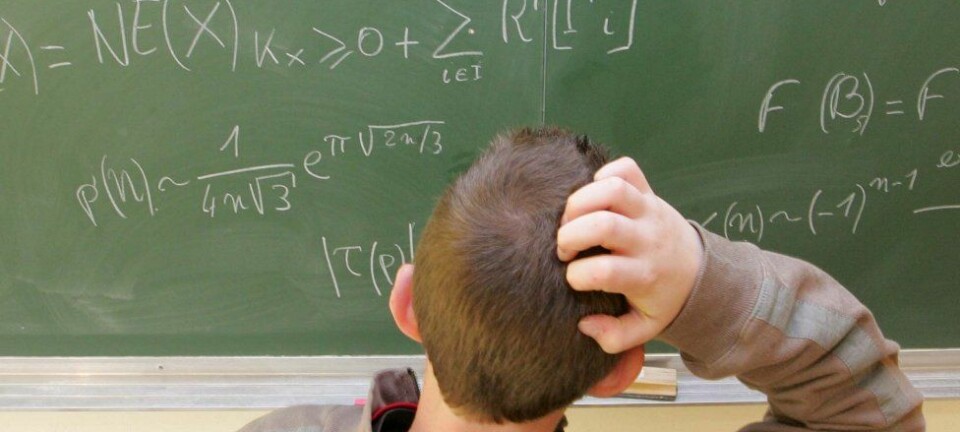
School screening tests misused
Screening tests designed to spot pupils who need extra assistance in reading, are used to rank schools. Also pupils are trained specifically for the tests to maximise their scores, claims Norwegian reading expert.
Denne artikkelen er over ti år gammel og kan inneholde utdatert informasjon.
It’s wrong to rank the quality of schools on the basis of standard screening or mapping tests of their pupils, claims the Centre for Reading Education and Research at the University of Stavanger.
The Centre also warns against artificially elevated results when teachers help pupils cram and prepare specifically for these tests.
Meant to assess reading skills and improve teaching
The screening tests from the Norwegian Directorate for Education and Training were created to assess pupils’ reading abilities to help adapt teaching to the individual pupil.
The Reading Centre in Stavanger gets its share of feedback indicating the screening tests are being used to rank the quality of schools and municipalities.

They are also being carried out in ways that can artificially inflate scores.
“We get feedback about teachers being requested to train pupils specifically for these tests. So what kind of mapping do we get as a result? It undermines the intended spotting of prospective weaknesses among the pupils,” says Ragnar Gees Solheim, at the Reading Centre.
He thinks abuse of the screening tests can also spoil a more serious collection of data for use in research.
Cannot be used to measure quality
According to Gees Solheim, studies show that pupils can cram for the tests, getting good results, yet their skill levels and learning are not reconfirmed by other tests.
“We’ve already pointed this out and are constantly hearing from teachers and rectors that municipal authorities have begun to tally the results to use them in measuring educational quality.”
“It seems some don’t fathom you can’t measure quality like that. It’s reprehensible if these results are being used to improve reputations and get rewarded for good achievements in schools,” says Gees Solheim.
“The screening tests of reading simply aren’t constructed to provide information that could be useful in evaluating the quality of teaching at a school. They can’t be used as a gauge of educational quality,” he asserts.
He encourages the proper use of the survey tests – so that school children with reading problems get the help they need, rather to see who does best on the tests.
Losing valuable information
“Valuable information about the pupils’ strengths and weaknesses is lost and the schools are deprived of a tool for ensuring the quality of their teaching of reading skills,” says Gees Solheim.
He asserts that these mapping test results can thus be raised artificially in some schools or districts, making the results useless in research aimed at gauging the reading skills of Norwegian pupils, or how these skills develop as time passes.
Should be used for helping the kids
In contrast with the National Tests, which are new every year, the survey tests are only revised once every fifth year.
When the results are used to rank schools or school classes, it’s no trick for teachers to train their pupils specifically for the tests to maximize their scores.
Despite this criticism of misuse, the Reading Centre stresses it also gets feedback indicating the screening tests can comprise a useful tool for teachers.
It doesn’t matter that teachers have seen the tests before as long as the tests are used properly. But obviously the kids mustn’t be informed of the questions and answers ahead of time.
“The test can only assess the kids’ capabilities if they haven’t been previously informed of the contents. It’s the children’s skills that are being evaluated, not the achievements or capabilities of the teacher or the school,” says Gees Solheim.
Insufficient for measuring quality
The screening tests consist of several sets of tests. In the lower grades for instance, the idea is to ascertain each pupil’s skills in putting sounds together, comprehension of words and reading speeds.
According to Gees Solheim educators cannot merge the results of the separate test sets to get a reading score. That would also require more information than the screening tests reveal. Other tests are needed before schools can be ranked according to reading skills.
“The screening tests were created to spot the pupils who need extra assistance. They don’t tell us anything about who the good readers are or how many good readers there are in a class.”
“We would need other information to find out how well the pupils of a class read,” says Gees Solheim.
----------------------------------------------------------
Read the article in Norwegian at forskning.no
Translated by: Glenn Ostling


































